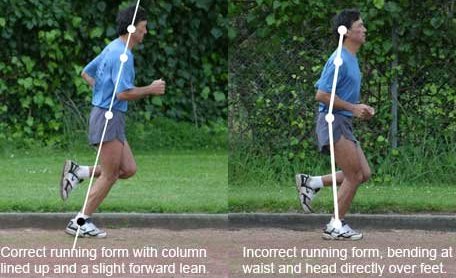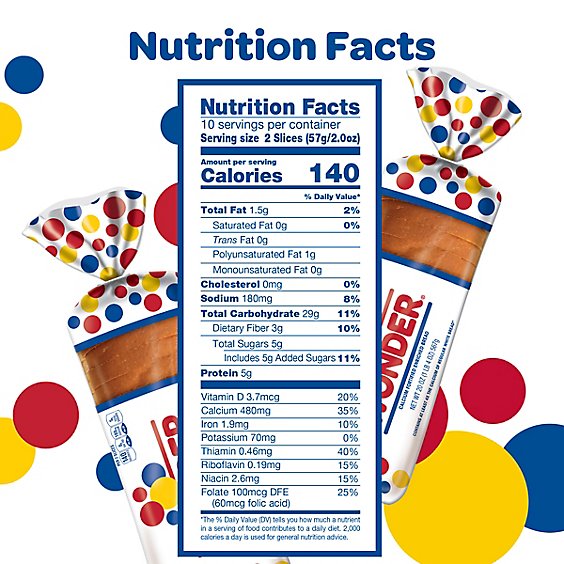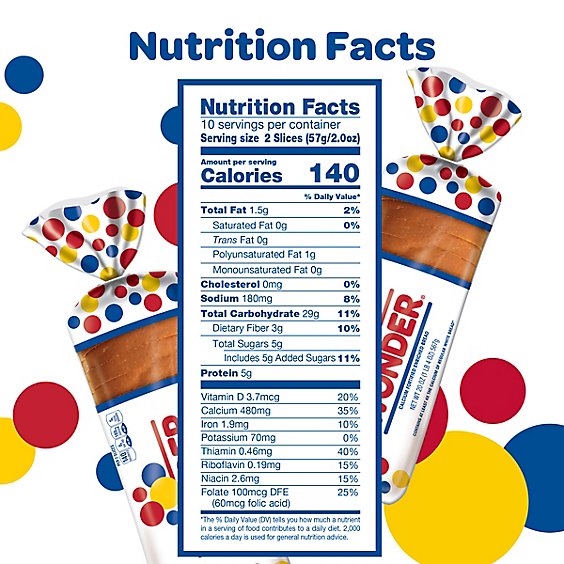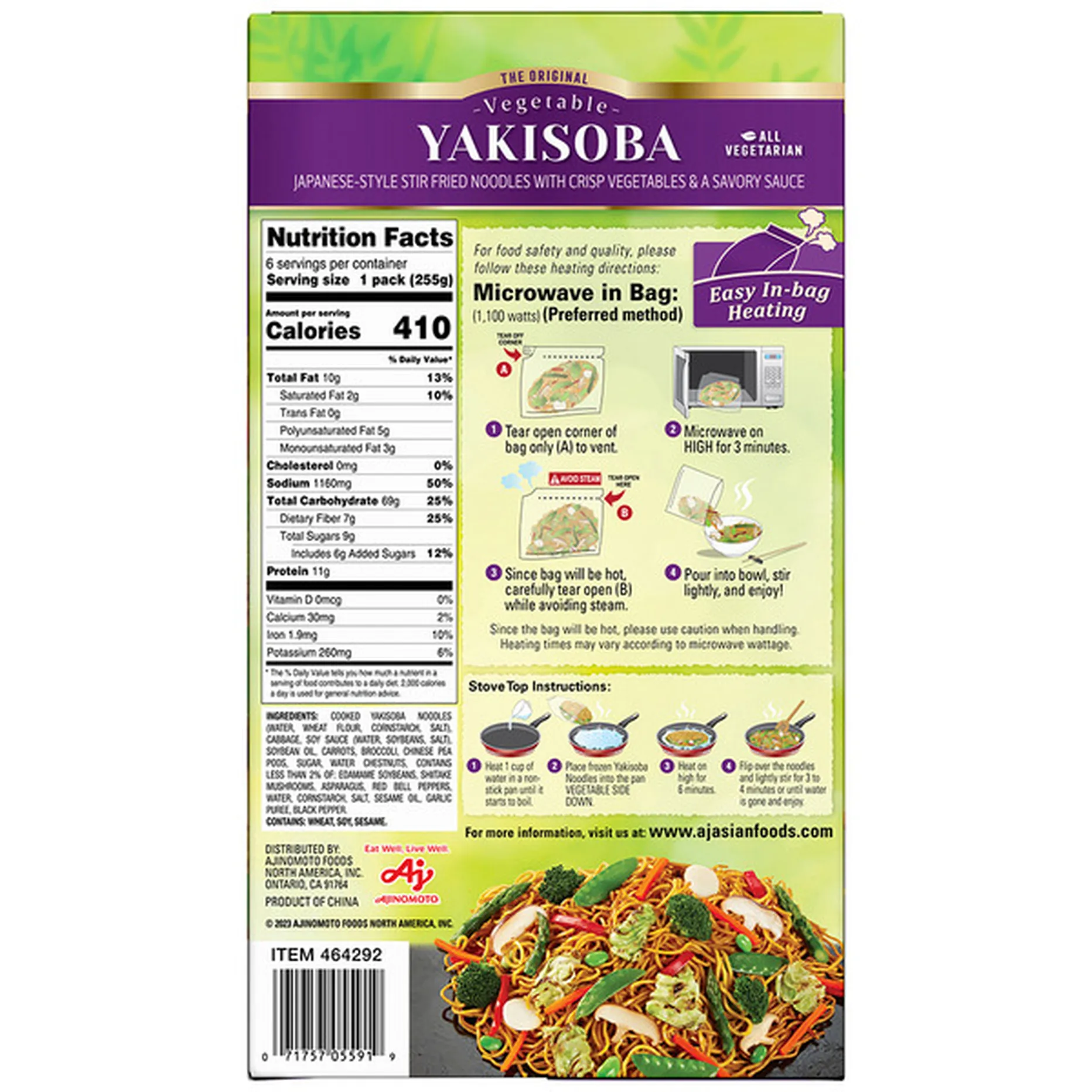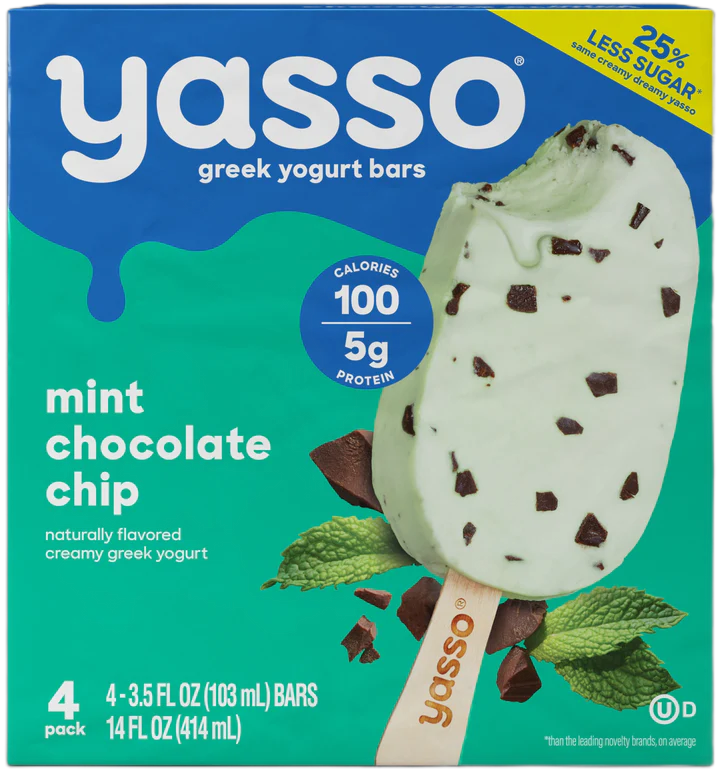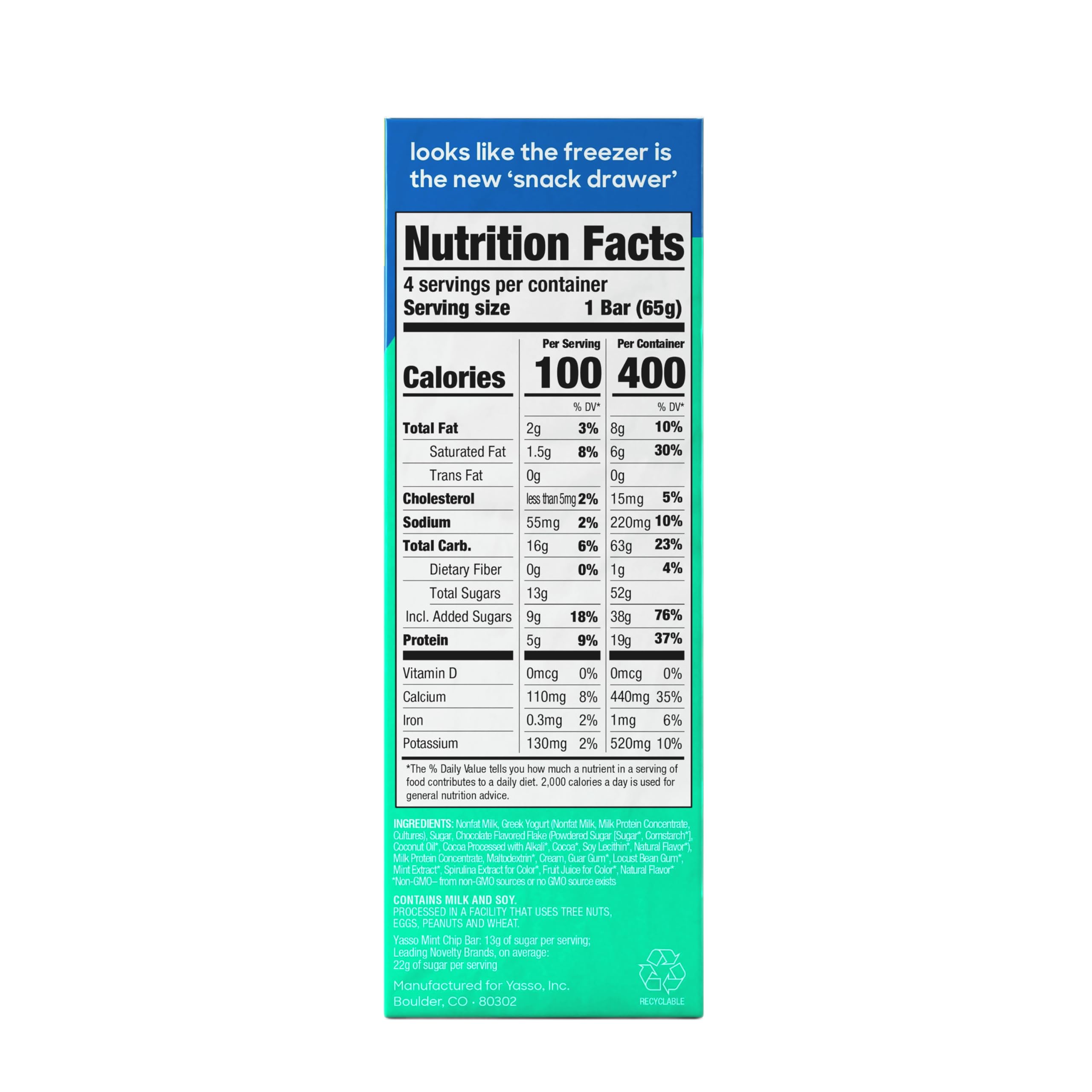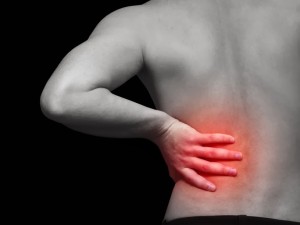
To relieve back pain from cold weather, stay warm and maintain gentle movement. Use heat therapy and practice stretching exercises regularly.
Experiencing back pain during cold weather is a common issue for many individuals. As temperatures drop, muscles and joints can stiffen, increasing discomfort and limiting mobility. Staying active is crucial in maintaining flexibility and reducing pain. Incorporating heat therapy, such as using a heating pad or warm baths, can soothe aching muscles and improve blood flow.
Regular stretching exercises tailored to your back can also help alleviate tension and strengthen the muscles supporting your spine. Implementing these strategies not only provides immediate relief but also contributes to long-term back health. It’s important to dress warmly in layers and stay hydrated to assist your body in temperature regulation and muscle function.
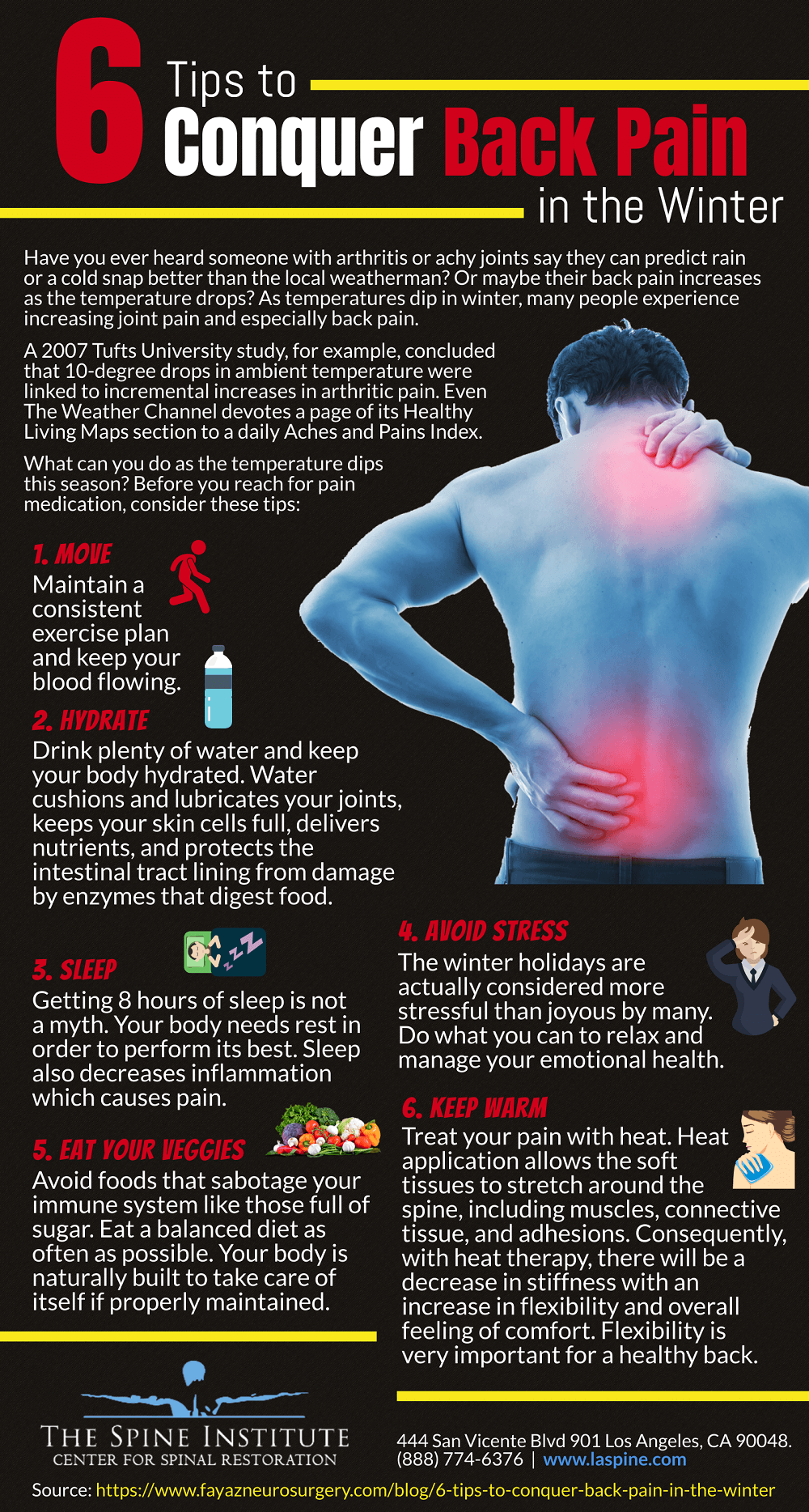
Credit: www.laspine.com
The Link Between Cold Weather And Back Pain
The chill of cold weather often brings more than just the need to bundle up—it might also lead to back pain. Understanding the connection between the drop in temperature and an increase in back discomfort is key to finding relief.
Temperature’s Impact On Muscles And Joints
Cold weather can make muscles and joints stiffer. This is because muscles contract in cold temperatures. When muscles are tight, they can pull on the spine. This can cause back pain.
A drop in barometric pressure, which often accompanies cold weather, might cause joint expansion. This can irritate nerves around joints and lead to discomfort.
- Blood flow reduces in cold conditions.
- Muscles receive less oxygen and nutrients.
- Flexibility decreases, risking muscle strains.
Why Some People Are More Sensitive
Individual sensitivity to cold varies. Some might have conditions like arthritis. This makes them more prone to cold-induced pain.
| Age | Condition | Sensitivity Level |
|---|---|---|
| Older | Arthritis | Higher |
| Younger | Previous Injuries | Moderate |
| All Ages | Lack of Physical Activity | Moderate |
Factors like low physical activity or previous injuries also matter. Maintaining a warm and active lifestyle helps.
Common Myths About Cold Weather And Back Pain
Many believe that cold weather directly causes back pain. Let’s explore and debunk the myths surrounding this idea.
False Beliefs Debunked
- Cold Weather Freezes Back Muscles: Not true. Muscles don’t freeze but can feel tight.
- Back Pain Worsens with Temperature Drop: This is a myth. No direct link exists between temperature and pain severity.
- People with Arthritis Feel More Pain: Not entirely true. Joint pain varies and isn’t solely dependent on cold weather.
What Science Says
Research indicates weather has a minor role in back pain. It’s crucial to differentiate between correlation and causation.
- Inactivity Leads to Stiffness: Staying active is essential for back health, irrespective of the weather.
- Warm Up Before Exercise: Science recommends warming up your muscles to prevent injuries. It helps even in cold weather.
- Barometric Pressure Changes: Some studies link this to joint pain, yet evidence remains inconclusive for back pain.
Proactive Measures To Protect Your Back
As chilly weather arrives, taking care of your back is crucial. Cold temperatures can tense muscles and magnify discomfort. Let’s explore some proactive steps you can take to shield your back from the biting cold and prevent pain from setting in.
Dressing For The Temperature
Staying warm is key to preventing back pain. Dress in warm, comfortable clothes before stepping out. Look for garments that trap body heat and block the cold wind.
The Importance Of Layering
Layering offers both warmth and flexibility. It allows you to adjust your body temperature as needed. Begin with a moisture-wicking base layer. This keeps your skin dry. Add a middle layer for insulation, like a fleece or wool garment. Top it off with a waterproof, windproof outer layer.
- Base Layer: wicks away moisture
- Mid Layer: insulates the body
- Outer Layer: protects from wind and rain
Remember to choose clothing that allows you to move freely. Constriction can aggravate back pain. Free movement keeps blood flowing, muscles warm, and pain at bay.
Indoor Techniques For Back Pain Relief
When the cold weather hits, many experience an uptick in back pain. Staying active despite the frigid temperatures becomes vital. Let’s ensure you can enjoy the winter without that pesky pain. Focus is now on what can be done indoors to help keep back pain at bay.
Heat Therapy Explained
Heat therapy proves to be a trusted ally in the battle against back pain. It boosts circulation, which helps deliver nutrients to sore areas. These nutrients are essential for healing. Applying heat is easy and safe. Below are two effective ways to use heat for pain relief.
- Electric heating pads: Convenient and easy to use, these pads let you control the temperature.
- Warm baths: A soak not only warms up the muscles but can be a great stress-reliever too.
Gentle Stretching Routines
Stretching is not just for athletes. A simple routine can work wonders for your back. It helps maintain flexibility and reduces tension. Please see below for a table of stretches that can make a considerable difference.
| Stretch Type | Description | Duration |
|---|---|---|
| Knee-to-chest stretch | Lie on your back and bring your knees up towards your chest. | Hold for 15-30 seconds. |
| Seated spinal twist | Sit on a chair and twist your torso to each side. | Hold each side for 10-20 seconds. |
| Pelvic tilt | Lie on your back and gently arch your lower back, pressing into the floor. | Hold for 10-15 seconds. |
Remember, these techniques are meant to provide relief, not add to your pain. Always listen to your body. If a particular stretch or heat setting feels overwhelming, adjust accordingly.
Dietary Changes That Help With Pain Management
Cold weather often brings the unwelcome guest of back pain for many. Though staying active and keeping warm are key, diet plays a vital role too. Let’s uncover how certain foods and hydration can manage that nagging ache.
Anti-inflammatory Foods To Consider
Inflammation aggravates back pain. Natural anti-inflammatory agents in your kitchen can turn the tide. Including these can make a real difference:
- Fatty fish – Omega-3 rich, like salmon and mackerel.
- Green leafy vegetables – Spinach and kale are full of vitamins.
- Nuts and seeds – Almonds and chia seeds offer healthy fats.
- Berries – Packed with antioxidants that fight inflammation.
- Olives and olive oil – Heart-healthy and help reduce swelling.
Hydration’s Role In Pain Prevention
Water is the body’s lubricant and hydration is crucial for joint health. Dehydrated tissues can become more sensitive to pain. Strive for:
- At least 8 glasses of water daily.
- More if you consume caffeine or exercise.
Include warm beverages such as herbal teas to keep the chill at bay and maintain hydration. A hydrated body is better at managing pain and recovering from inflammation.
Implementing these dietary changes can support your back and ease discomfort during cold spells. They are simple but can lead to significant improvements in back pain management.
Physical Activity As A Remedy
Physical activity acts as a powerful remedy for back pain during cold weather. As temperatures drop, muscles and joints often tighten, leading to discomfort. Engaging in regular physical activity can significantly alleviate these symptoms.
Appropriate Exercises For Cold Climates
Not all exercises are ideal in frigid temperatures. Selecting the right type of activity is crucial for both safety and effectiveness.
- Indoor swimming: Warm water can soothe stiff muscles.
- Yoga: It improves flexibility and strength.
- Pilates: Focuses on core strength, which supports the back.
- Light indoor cardio: Keeps the blood flowing without braving the cold.
Staying Active Despite The Chill
Motivation to exercise might drop along with the temperatures. Here are tips to stay active:
| Activity | Tip |
|---|---|
| Indoor Workouts | Join a gym or follow home exercise videos. |
| Outdoor Activities | Dress in layers and protect extremities. |
| Group Sports | Join indoor sports leagues or groups. |
| Short Walks | Take multiple short walks instead of a long one. |
Professional Medical Interventions
Cold weather can intensify back pain, leading many to seek relief beyond home remedies. When the chill seeps into our bones, it’s not uncommon for our back muscles to react negatively, causing discomfort and pain. If winter has your back feeling stiff and sore, it might be time to consider professional medical interventions. These are methods healthcare providers use to help alleviate back pain that has become too severe or persistent to manage on your own.
When To Seek Help
Seeking professional help becomes essential when back pain is unrelenting, worsens over time, or disrupts daily activities. Notice these signals:
- Chronic pain that persists for weeks
- Inability to find comfortable sleeping positions
- Back pain following a fall or injury
- New or intensifying numbness in your extremities
- Sharp, disabling pain rather than a dull ache
If these symptoms are familiar, a healthcare provider can offer a definitive diagnosis and create a customized treatment plan.
Types Of Treatments Available
Many professional treatments can help manage cold-induced back pain.
| Treatment Type | Description | Benefits |
|---|---|---|
| Physical Therapy | Strengthening and stretching exercises | Improves flexibility, strength, and posture |
| Medication | Pain relievers and anti-inflammatory drugs | Reduces pain and swelling |
| Injections | Corticosteroid or anesthetic directly to the area | Alleviates localized pain |
| Chiropractic Care | Spinal adjustments and manipulation | Relieves pressure and improves function |
| Acupuncture | Insertion of needles at specific points | Promotes natural healing and pain relief |
| Surgery | For severe cases where other treatments fail | Corrects underlying issues causing pain |
Before selecting a treatment, an evaluation by a professional is crucial to identify the cause and severity of your back pain. Personalized treatment plans can lead to effective pain management and a quicker return to normal activities.
Self-care Strategies To Reduce Discomfort
Chilly weather can lead to sore backs. But, self-care strategies can ease the ache. Simple home routines and mindful practices help the body stay warm and relaxed.
Mindfulness And Relaxation
Mindfulness soothes the mind and eases body tension. Practice deep breathing or meditation to calm your body. This helps lessen back pain.
Try these relaxation methods:
- Deep Breathing: Sit up straight. Breathe in slowly, then out. Do this for 5 minutes.
- Guided Imagery: Close your eyes. Picture a peaceful place. Feel the stress leave your body.
- Progressive Muscle Relaxation: Tighten then relax each muscle group. Start from your toes and work up.
Creating A Pain-relief Routine At Home
Sticking to a daily routine keeps back pain away. Add warmth and gentle exercise to feel better.
Consider these routine additions:
- Warm Packs: Apply a warm pack to your back. Keep it on for 20 minutes for relief.
- Gentle Stretches: Stretch your back daily. Use smooth, slow movements.
- Strengthening Exercises: Boost back strength. Focus on core muscles with simple exercises.
| Time | Activity |
|---|---|
| Morning | Warm pack and gentle stretches |
| Afternoon | Progressive muscle relaxation |
| Evening | Core-strengthening exercises |
Supportive Products And Gadgets
As the chill sets in, back pain can become a frequent unwelcome guest. Thankfully, innovation has got our backs with supportive products and gadgets designed to relieve discomfort. These items range from furniture enhancing alignment to wearable tech that targets pain. Let’s uncover how these solutions can restore warmth and comfort in cold weather.
Supportive Furniture And Bedding
In the battle against back pain in cold weather, ergonomic furniture and specialized bedding play vital roles. Selecting items that provide ample support can make a significant difference. Consider the following:
- Ergonomic Chairs: Maintain posture and reduce stress on your spine.
- Adjustable Desks: Swap between sitting and standing to relieve pressure on the back.
- Memory Foam Mattresses: Contour to your body’s shape, supporting your spine evenly.
- Heated Mattress Pads: Offer soothing warmth that can relax tight muscles.
Wearable Pain Relief Technology
The rise of tech-assisted comfort has introduced gadgets to alleviate back pain directly. Examples include:
| Product Type | Benefits |
|---|---|
| Heated Back Braces | Provide targeted heat therapy to reduce stiffness. |
| TENS Units | Ease pain through safe electrical impulses. |
| Smart Posture Trainers | Remind you to adjust your posture via gentle vibrations. |
| Massage Wearables | Enable on-the-go muscle relaxation. |
These innovative products work cohesively to bring relief and facilitate a more comfortable cold season experience.

Credit: www.indigohealth.com
Beyond Immediate Relief: Long-term Solutions
When the mercury drops, those aching back muscles often demand more than just a quick fix. Long-term solutions not only provide sustained relief but also prevent future discomfort. In this section, we dive into methods that fortify your back over time. These strategies help you to embrace the cold without the nagging pain that often accompanies it.
Strengthening The Core For Back Support
A sturdy core acts as a pillar for your back, providing essential support. Consistent core exercises yield a robust foundation, diminishing the strain on your back. Simple yet effective workouts include:
- Planks that firm up the entire abdominal region.
- Bridge exercises to boost glute and lower back muscles.
- Bird dog stretches that balance and strengthen the core.
Engage in these exercises three times a week for optimal results.
Lifestyle Modifications For Pain-free Living
Your daily habits have a significant impact on back health. Small changes lead to big improvements. Consider incorporating the following into your routine:
| Modification | Benefit |
|---|---|
| Maintain Good Posture | Reduces tension and aligns the spine. |
| Heat Therapy | Improves blood flow and relaxes muscles. |
| Regular Stretching | Increases flexibility and reduces stiffness. |
| Ergonomic Workspaces | Minimizes strain during long work hours. |
Also, focus on a balanced diet rich in anti-inflammatory foods. They aid in managing pain and facilitating healing. Foods like berries, green leafy vegetables, and omega-3 fatty fish are excellent choices.
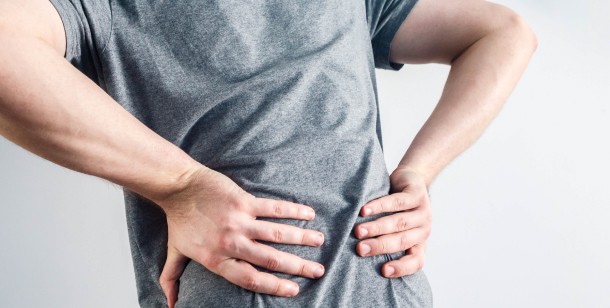
Credit: villageec.com
Frequently Asked Questions Of How To Relieve Back Pain From Cold Weather
Can Cold Weather Cause Back Pain?
Cold weather can lead to tightened muscles, thereby causing back pain. The body naturally tenses up to conserve heat, which may strain the back. Moreover, inactivity throughout the colder months can contribute to pain and stiffness.
How Can I Prevent Back Pain In Winter?
Staying active and keeping muscles warm are key to preventing winter back pain. Engaging in regular, low-impact exercise helps maintain flexibility. Dressing in layers and using heating pads are effective measures to keep muscles relaxed.
What Are Quick Relief Methods For Cold-induced Back Pain?
For immediate relief, use heat therapies such as warm baths or heating pads. Gentle stretching can also alleviate pain. Over-the-counter pain medications may be beneficial, but should be used as advised by a healthcare professional.
Are There Any Specific Exercises For Cold Weather Back Pain?
Yes, exercises like walking, indoor swimming, or yoga can improve circulation and help reduce back pain. They strengthen the back and enhance flexibility, mitigating the effects of cold weather. Always warm up properly to prevent muscle strain.
Conclusion
As winter’s chill sets in, managing back pain is crucial for comfort and health. The tips we’ve discussed are just the beginning. Implement these strategies for relief and embrace the colder months with ease. Remember, small changes can lead to significant improvements.
Stay warm and take care of your back!


